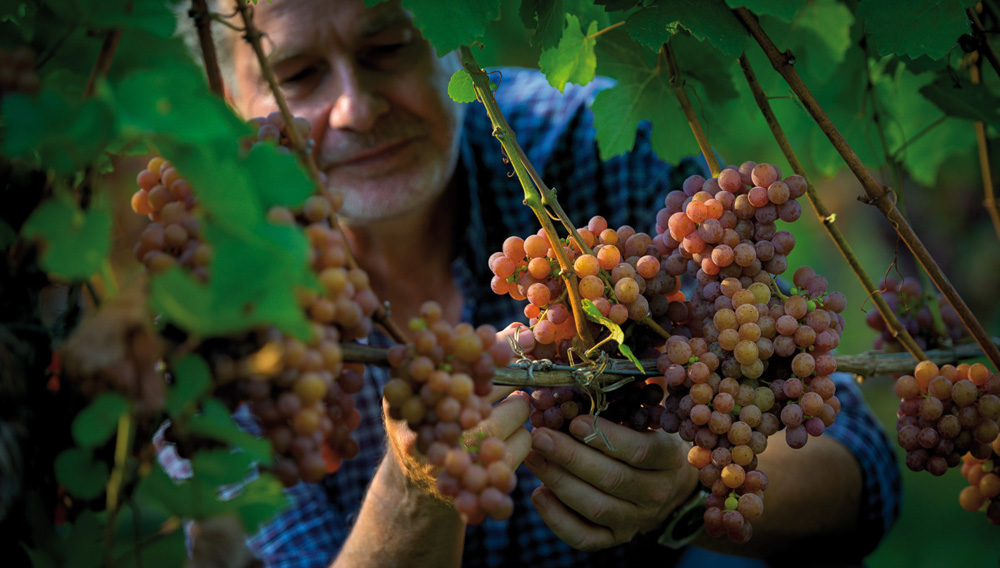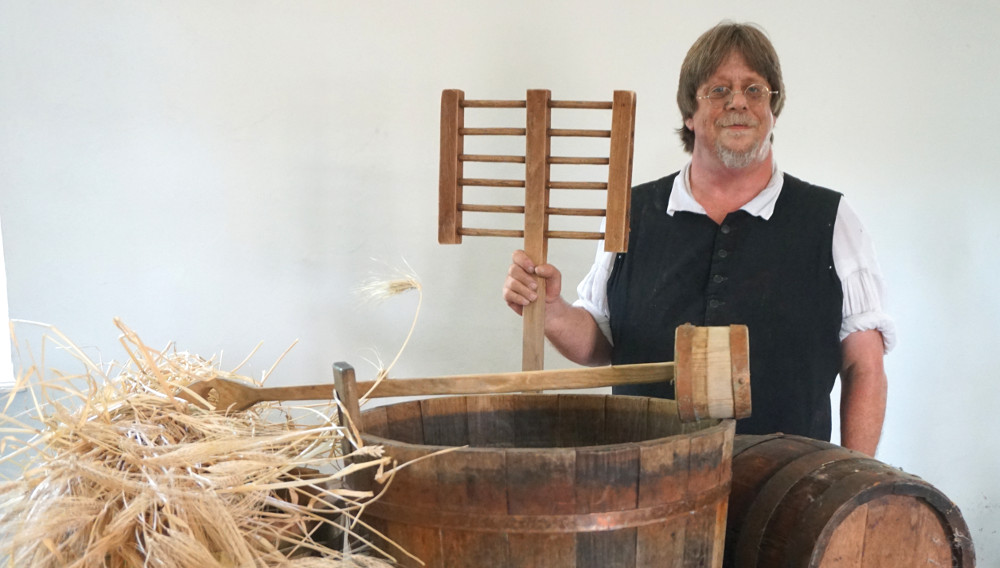From stowaway to hectolitre millionaire | Rarely have triumph and tragedy been so close in a brewer’s life as with Adolph Coors. Starting with virtually nothing as an immigrant in the USA, he opened a brewery in no man’s land, and built it – after decades of hard work – into one of the largest breweries in the world. However, he was never truly happy despite all of his success. In part three of our series, Günther Thömmes portrays the remarkable life of this giant of brewing history.
King of the beer pioneers | Munich brewer Gabriel Sedlmayr II, the person responsible for the Spaten Brewery rising to become the leading brewery in Europe, is without doubt the brightest light among the numerous outstanding brewery entrepreneurs of the 19th century – and thus he shall have the honor of being the first to be showcased in the BRAUWELT series “The giants of brewing history”.
The humble beginning of beer production in the New World goes back to the British colonial period in North America. A number of recipes have survived, especially from the 18th century. Their authors carefully wrote them down in the meticulous English of the time, which seems antiquated to us today.
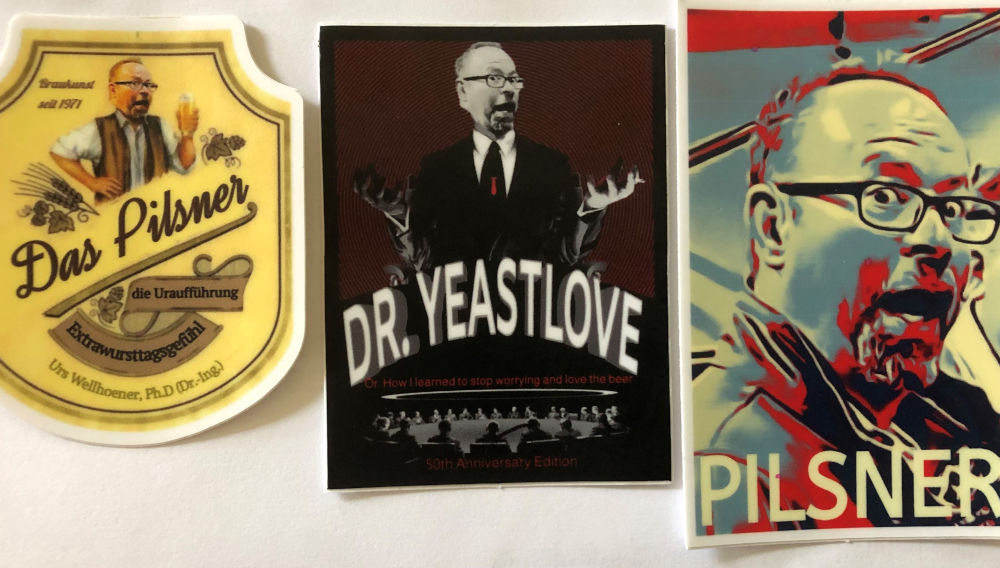
Family history | It certainly happens from time to time that a brewer serves self-brewed beer for a special birthday. The fact that this beer was fermented with the brewer's yeast discovered by his grandfather is the absolute exception. Dr. Urs Wellhoener, Technical Director Brewing Innovation at The Boston Beer Company, Boston, MA, USA, was lucky enough to treat himself with this special brew for his 50th birthday, and BRAUWELT talked with him about his “birthday beer”.

Seven classics | The concept of the Trappists and their beers was explored in the first part of this series. The author also introduced the new generation of Trappist breweries, namely the five where brewing commenced between 2012 and 2018 (BRAUWELT International no. 6, 2020, pp. 440–442). In this second installment in the series, the focus will be on the traditional Trappist breweries.

Ora et labora | Anyone who has anything to do with beer is certainly familiar with the term “Trappist ale”, and most have likely already tasted at least one of them as well. But what is the story behind Trappist beer?
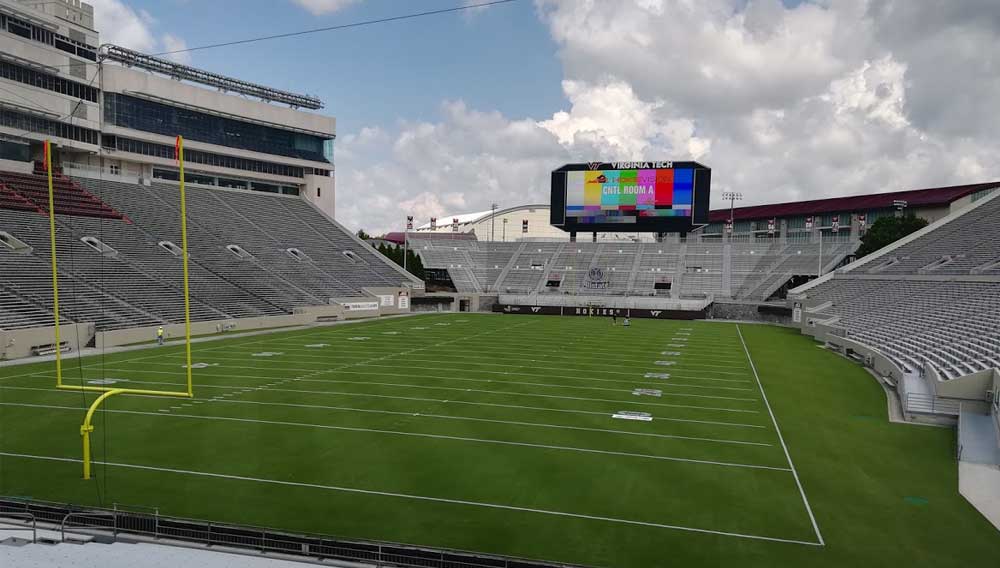
Summer school | Although still in its pilot phase, 2018 marked the first collaboration between the Virginia Polytechnic Institute and State University (VT) and the Technische Universität München (TUM) in the form of an exchange program for brewing and food technology students.

Beers of the world | Lambic is the revered yet mysterious beer native to the Pajottenland, a region to the southwest of Brussels between the rivers Dender and Zenne in Belgium.
Beers of the world | Helles and its associated styles Dortmunder Export, Festbier, Leichtbier and Kellerbier/Zwickel are fairly recent developments in the world of beer that started becoming popular only about one hundred years ago. All these beers have a yellow to gold color, high sessionability and a malty profile in common. They are generally well-rounded and evenly balanced.
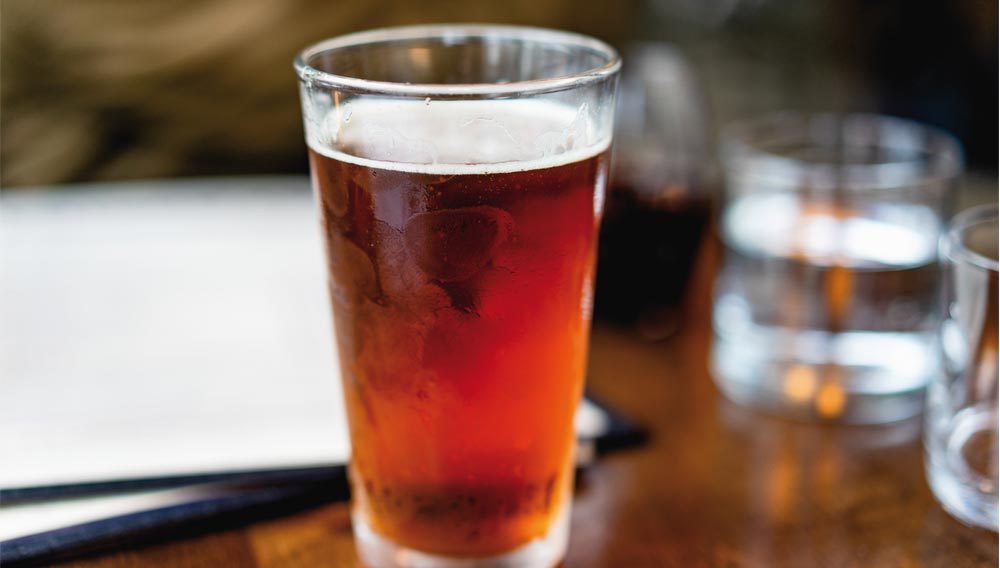
Flemish Red Ale is the name for beers produced in the north western province of Belgium, West-Flanders. The province hugs all the coast of Belgium and everyone seems to know Bruges, the capital of the province.
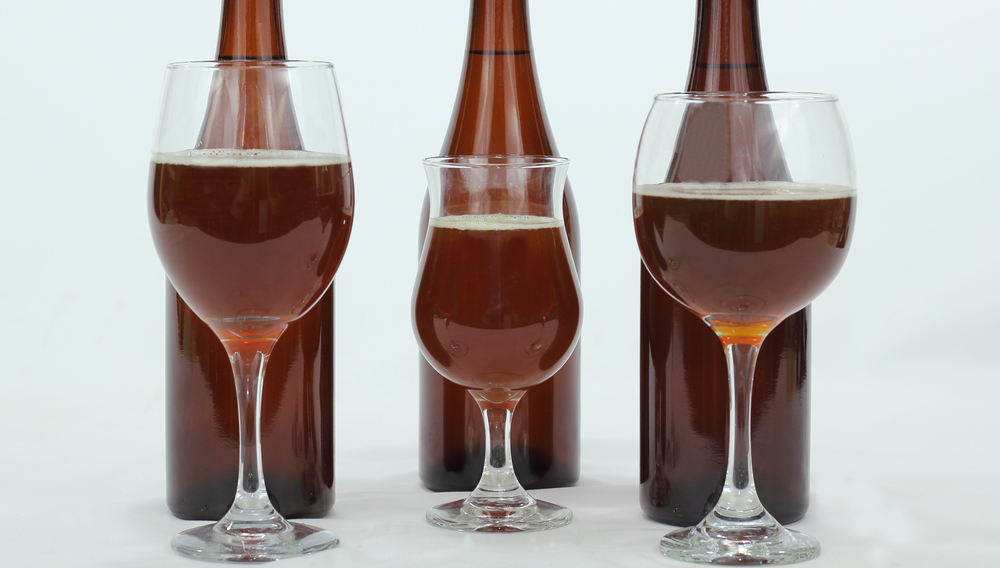
Wort and Must | Due to its location on the Continent and its dynamic history, tiny Belgium looms large in the beer world. Its past is awash in successive waves of Celto-Germanic beer and Roman, French and Spanish wine. It is one of those regions of Europe where the grape and grain have intermingled over time but in an inimitable manner as could have only transpired in a country on the edge of the Roman Empire and the North European Plain, nestled between the English Channel and France, the Netherlands, Germany and Luxembourg.

